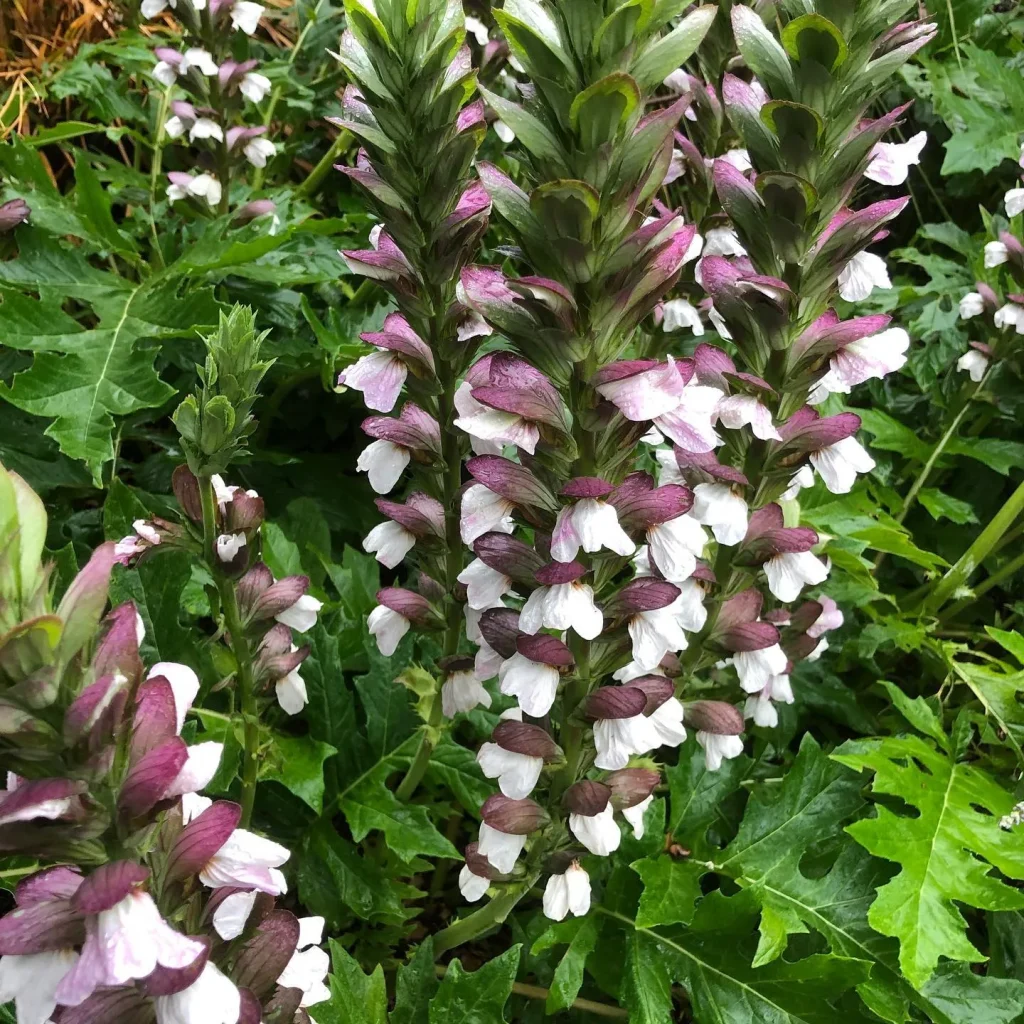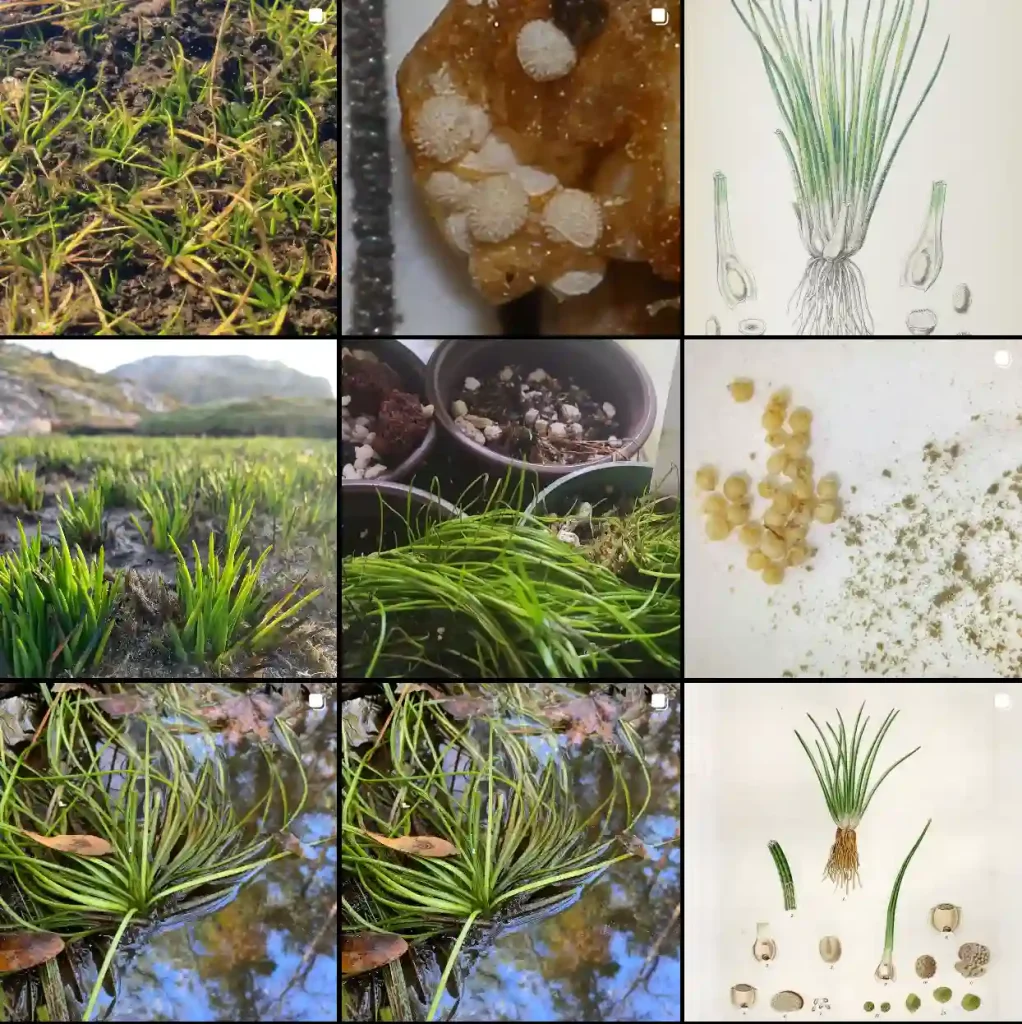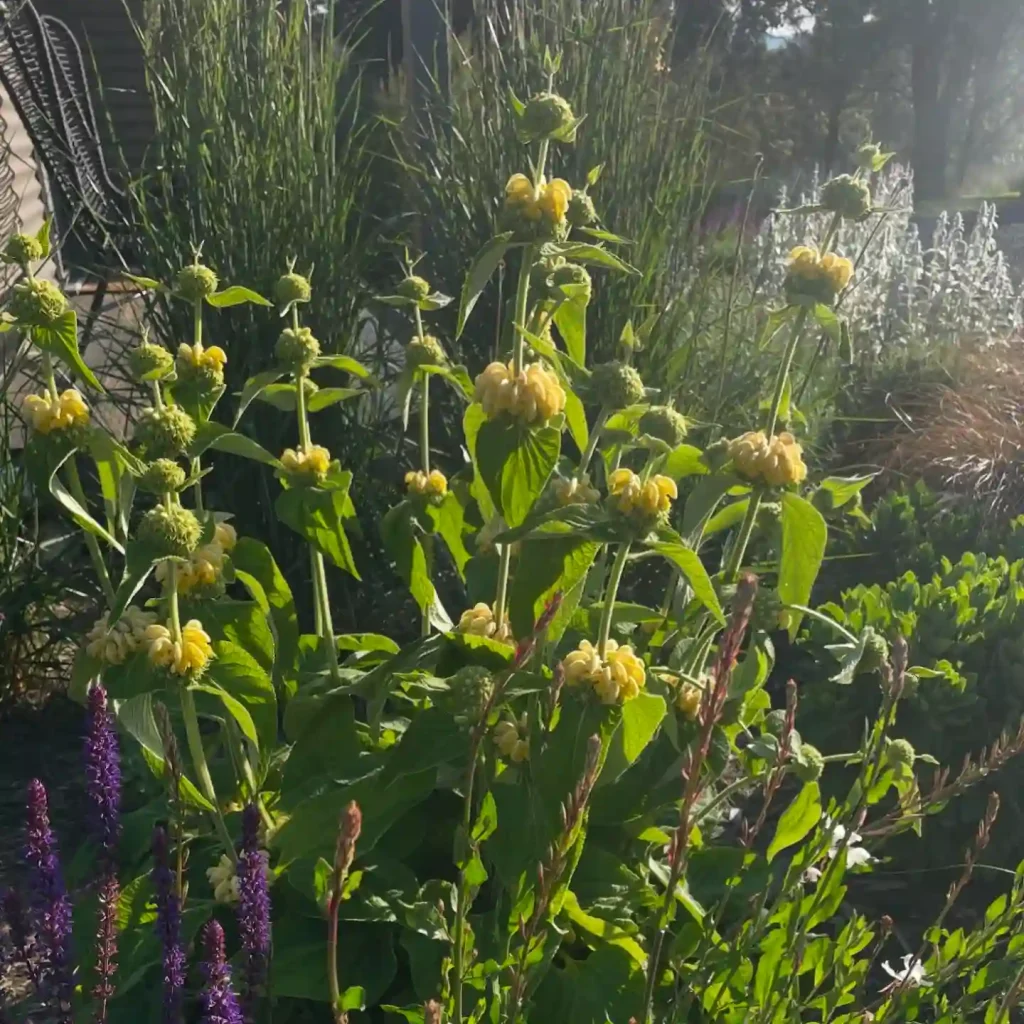Carum: A Genus of Aromatic Wonders
As a plant enthusiast, I’m always fascinated by the diversity and ingenuity of the natural world. One genus that has particularly captured my attention is Carum, a group of flowering plants belonging to the Apiaceae family. This family, also known as the Umbelliferae, is renowned for its aromatic members, many of which have culinary and medicinal uses. Carum itself boasts a variety of species, some of which are likely familiar to you, even if you don’t know them by their scientific name.
What is Carum?
Carum species are typically herbaceous plants, meaning they lack a persistent woody stem above ground. They’re characterized by their umbels, which are flower clusters where all the flower stalks arise from a single point, like the spokes of an umbrella. These umbels are often compound, meaning they’re made up of smaller umbels, creating a delicate and intricate floral display. The flowers themselves are usually small and white, though some species may have pink or yellow blooms.
But the real magic of Carum lies in its aromatic qualities. Many species produce seeds or fruits that are rich in essential oils, giving them distinct flavors and fragrances. These oils are responsible for the culinary and medicinal properties that have made Carum species valuable to humans for centuries.
Notable Carum Species
The genus Carum comprises approximately 20 species, but a few stand out for their widespread use and cultural significance.
- Caraway (Carum carvi): This is perhaps the most well-known member of the genus. Its seeds, commonly called caraway seeds, are a popular spice used in baking, stews, and liquors. Caraway is native to Europe, western Asia, and North Africa, but it’s now cultivated in many parts of the world.
- Carum appuanum (Viv.) Grande
- Carum asinorum Litard. & Maire
- Carum buriaticum Turcz.
- Carum carvifolium (DC.) Arcang.
- Carum caucasicum (M.Bieb.) Boiss.
- Carum diversifolium (DC.) C.B.Clarke
- Carum graecum Boiss. & Heldr.
- Carum heldreichii Boiss.
- Carum iminouakense Quézel
- Carum jahandiezii Litard. & Maire
- Carum lacuum Emb.
- Carum leucocoleon Boiss. & A.Huet
- Carum meifolium Boiss.
- Carum meoides (Griseb.) Halácsy
- Carum pachypodium Candargy
- Carum polyphyllum Boiss. & Balansa
- Carum proliferum Maire
- Carum rupicola Hartvig & Å.Strid
- Carum takenakae Kitag.
Culinary and Medicinal Uses
The culinary uses of Carum species primarily revolve around their seeds, which are typically dried and used as spices. These spices add depth and complexity to a wide range of dishes, from savory stews and breads to sweet desserts and liqueurs. The essential oils in the seeds also contribute to their preservative properties, which is why they were historically used to extend the shelf life of food.
In addition to their culinary applications, Carum species have a long history of medicinal use. Traditional medicine systems in various cultures have employed Carum seeds to treat digestive problems, respiratory ailments, and even skin conditions. Modern research has confirmed some of these traditional uses, finding that Carum species possess anti-inflammatory, antioxidant, and antimicrobial properties.
The Future of Carum
As we continue to explore the potential of natural resources, Carum remains a genus of great interest. Its diverse species offer a wealth of flavors, fragrances, and potential health benefits. Further research may uncover new applications for Carum in the culinary, medicinal, and even cosmetic industries.
The cultivation of Carum species also holds promise for sustainable agriculture. These plants are relatively hardy and adaptable, making them suitable for cultivation in various climates. Their essential oils can also be used as natural pesticides and herbicides, reducing the need for synthetic chemicals in agriculture.
In conclusion, the genus Carum represents a fascinating group of plants with a rich history and promising future. From the familiar caraway seed to the lesser-known ajwain, Carum species continue to spice up our lives and offer potential solutions for a healthier and more sustainable world.
If i die, water my plants!



